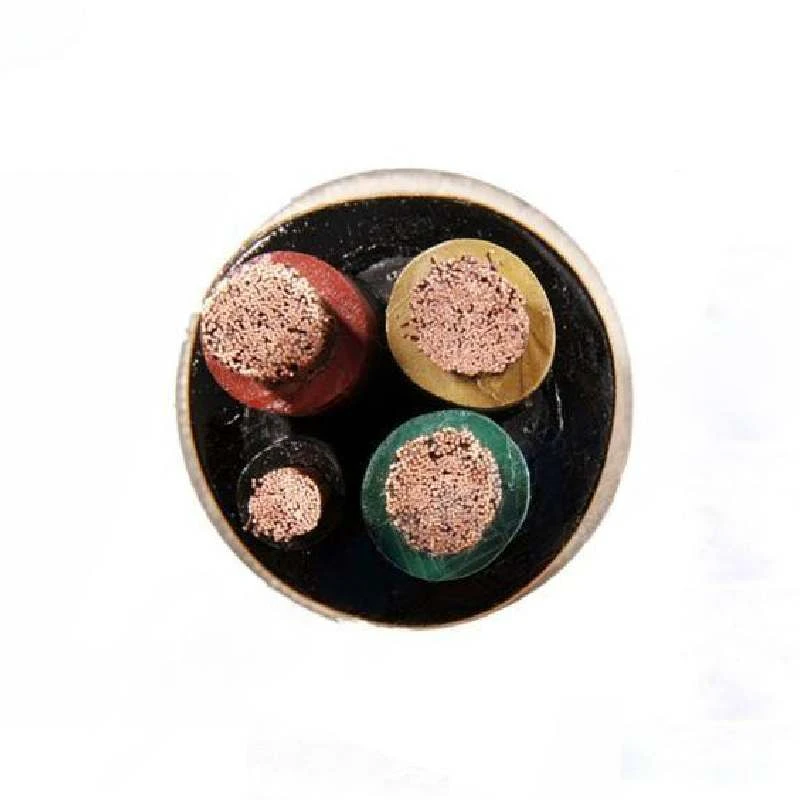ഡിസം . 15, 2024 03:05 Back to list
Electric Actuated Butterfly Valve Solutions for Enhanced Flow Control and Efficiency
Electric Actuated Butterfly Valve An Overview
Electric actuated butterfly valves are vital components in various industrial applications, serving as crucial players in fluid control systems. These valves combine the simplicity and reliability of butterfly valves with the precision and efficiency of electric actuators, making them an ideal choice for applications requiring automation and remote control.
What is a Butterfly Valve?
A butterfly valve is a type of quarter-turn valve that uses a rotating disc to control the flow of fluid. The disc is located in the middle of the valve body and is connected to a shaft. When the valve is opened, the disc is rotated parallel to the flow, allowing fluid to pass through. Conversely, when the valve is closed, the disc is rotated perpendicular to the flow, effectively blocking it. Butterfly valves are known for their compact design, lightweight construction, and ability to handle large flow volumes, making them popular in both high-pressure and low-pressure applications.
Electric Actuation
The integration of electric actuators into butterfly valves enhances their functionality, allowing for precise control over fluid flow. Electric actuators use electric motors to automate the opening and closing of the valve, providing several advantages over traditional manual or pneumatic actuators. Key benefits include
1. Precision Control Electric actuators can be programmed for accurate positioning and modulation of the valve, enabling more sophisticated control of fluid flow.
2. Remote Operation With electric actuation, valves can be operated remotely, eliminating the need for manual intervention and enhancing safety, especially in hazardous environments.
3. Reduced Maintenance Electric actuators generally require less maintenance than pneumatic systems, which can be subject to air leaks and other operational issues.
Applications of Electric Actuated Butterfly Valves
Electric actuated butterfly valves are widely used across various industries due to their versatility and efficiency. Some common applications include
1. Water Treatment Plants These valves are used to control the flow of water and chemicals in treatment processes, ensuring optimal treatment and compliance with regulations.
electric actuated butterfly valve

2. HVAC Systems In heating, ventilation, and air conditioning systems, electric actuated butterfly valves manage airflow and maintain comfort levels efficiently.
3. Oil and Gas Industry These valves play a critical role in the transportation and distribution of oil and gas, where reliable flow control is essential for safety and efficiency.
4. Food and Beverage Industry Electric actuated butterfly valves are used in processing and packaging lines, where hygiene and precise flow control are paramount.
5. Pharmaceuticals In this industry, these valves help regulate the flow of liquids in manufacturing processes that require strict compliance with health and safety standards.
Choosing the Right Electric Actuated Butterfly Valve
When selecting an electric actuated butterfly valve, several factors must be considered to ensure optimal performance
1. Valve Size and Configuration The size of the valve must match the requirements of the system, considering the flow rate and pressure conditions. Common configurations include lug, wafer, and socket weld designs.
2. Material Compatibility The materials used for the valve construction should be compatible with the fluid being controlled. Options include stainless steel, ductile iron, and PVC, each offering different strengths and corrosion resistance levels.
3. Electric Actuator Features Consider the type of electric actuator required, taking into account features such as torque rating, control options (on/off or modulating), and power supply requirements.
4. Environmental Conditions Evaluate the installation environment to ensure that the valve and actuator can withstand temperature fluctuations, humidity, and possible exposure to corrosive substances.
Conclusion
Electric actuated butterfly valves represent a significant advancement in fluid control technology. Their combination of performance, reliability, and ease of integration into automated systems makes them an essential choice for diverse industrial applications. By understanding the features and benefits of these valves, industries can enhance their operational efficiency, safety, and control over fluid systems, ultimately leading to improved productivity and reduced costs. As technology continues to advance, the role of electric actuated butterfly valves in modern engineering will likely expand, paving the way for even more innovative applications in the future.
Share
-
Reliable Wafer Type Butterfly Valves for Every IndustryNewsJul.25,2025
-
Reliable Flow Control Begins with the Right Ball Check ValveNewsJul.25,2025
-
Precision Flow Control Starts with Quality ValvesNewsJul.25,2025
-
Industrial Flow Control ReliabilityNewsJul.25,2025
-
Engineered for Efficiency Gate Valves That Power Industrial PerformanceNewsJul.25,2025
-
Empowering Infrastructure Through Quality ManufacturingNewsJul.25,2025


